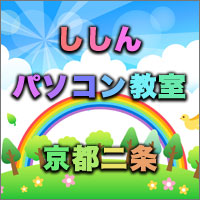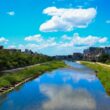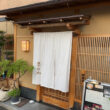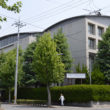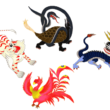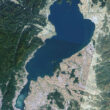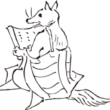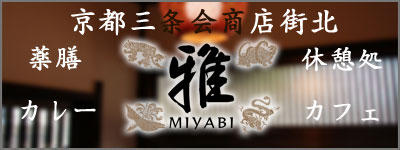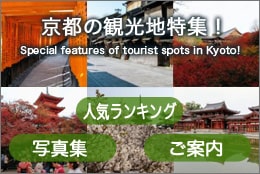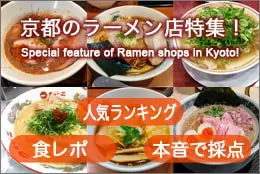Jidai Festival
Posted date:2022-10-20Author:じゅうべい(Jubei) Transrator:ポンタ(Ponta)
Category:Talk about Kyoto
広告
adsense4
Oh, this is truly a “living historical picture scroll.”
I was deeply moved at the time while being overwhelmed by the scene of the procession that passed from Kyoto Gosho to Heian Shrine. The time was October 22. Following the Aoi Festival in May and Gion Festival in August, a grand festival was held to mark the last of the three major festivals in Kyoto. That is the Jidai Festival.
However, I had one wonder. What is Jidai Festival? When and why did this festival begin in the first place? The next moment after I was thinking it through! The voice of my great father, Jidai Master Vader, who has been one with the forces of nature since his death, spoke in my brain!
My son, don’t rely on thinking. Use knowledge.
I followed his voice and thought about the festival with a sense of the times.
Jidai Festival. The festival dates back to the 28th year of Meiji (1895), the 100th anniversary of the relocation of the capital to Heian-kyo on October 22, 794 (Enryaku 13). In this year, Heian Shrine was built with Emperor Kanmu as its deity, as the culmination of a project to revitalize Kyoto, which had declined significantly after the Meiji Restoration.
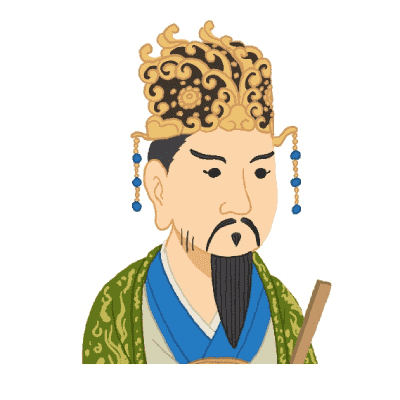
Emperor Kanmu
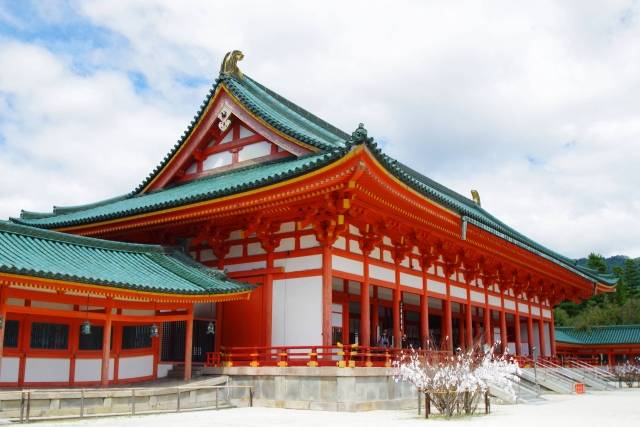
Heian Shrine (Daigokuden)
At that time, the citizen-participating style procession was started to reproduce culture and customs dating back from Meiji Era to the beginning of Heian-kyo.
adsense2
“Something that allows visitors to understand the history and culture of the capital at a glance.”
“Something that cannot be imitated anywhere else in Kyoto.”
The Jidai Festival is imbued with these thoughts.
When the festival first began, there were only six processions, but the number of processions has increased over time, and today the procession is even more gorgeous and spectacular, with a total of 2,000 people in attendance.
The order of the procession goes from the Honorary Magistrate to the Meiji Restoration Period, then to the Edo Period, Azuchi-Momoyama, Muromachi Period, Yoshino Period, Kamakura Period, Fujiwara Period, and Enryaku Period. The procession will travel through the streets of Kyoto, going back one after another from modern times to ancient times
(leaving the Kyoto Imperial Palace at 12:00 p.m. and arriving at Heian Shrine at 2:30 p.m.).
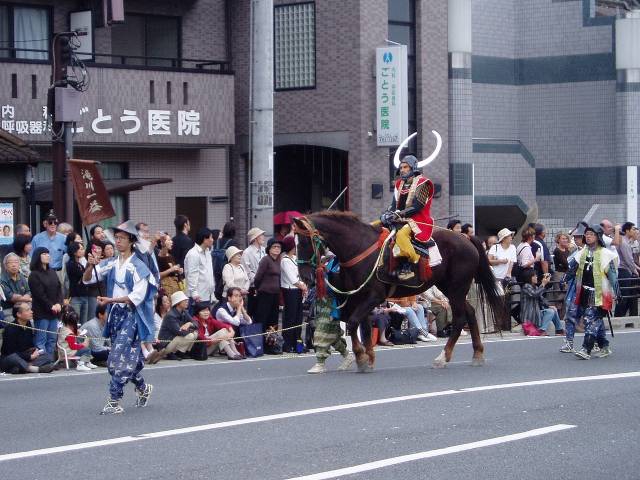
One of the period processions, the procession of Lord Oda in Kyoto (transferred from Wikipedia).
The highlight of the Jidai Festival procession is, without doubt, this.
The 12,000 pieces of furnishings, costumes, and ritual implements. All of them are authentic, carefully researched and restored using the framework of traditional craft techniques that Kyoto has cultivated for a thousand years as the capital of Japan. This is truly a “living historical picture scroll.” Wonderful!
This year, for the first time in three years, a procession will be paraded down the Miyako Street during the 2022 Jidai Festival. All right, let’s go there by all means!
Be with the times. Be with Kyoto.
Jidai Festival
https://ja.kyoto.travel/event/major/jidai/letsgo.php
On the day of the ceremony, a shrine ceremony is held at 7:00 a.m., followed by the departure of the shrine’s imperial carriage at 9:00 a.m. to the Kyoto Imperial Garden, and at 10:30 a.m. the Gyozaisho Festival is held in front of the Kenreimon Gate of the Gosho, after that merging with the period costume parade, and departs from Kenreimon at 12:00 p.m. and returns to the Jingu Shrine at around 2:30 p.m. for Kanko Festival.
Author
じゅうべい(Jubei)
Hello everyone. I am Jubei, an earthling whose energy does not stop today. What I like is playing (manga, movies, music (J-Rock, etc.) and visiting cafes). Thank you for your understanding.
